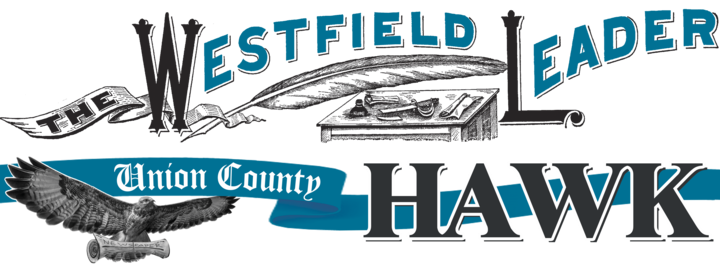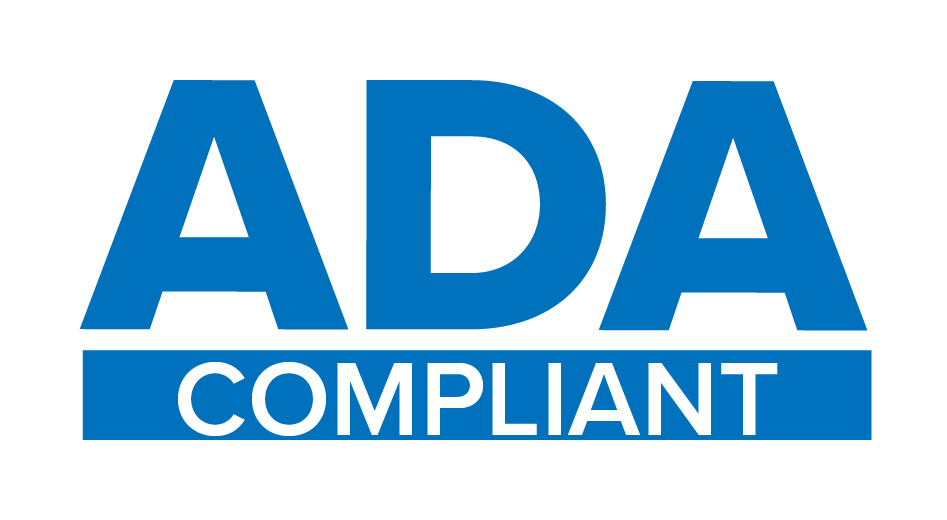WESTFIELD — As Westfield looks to the new year, many of the town’s ongoing and oft-contested redevelopment projects will be moving into the next stages of completion. The rapid influx of new construction has left many residents with unanswered questions about what can be built and where.
The Westfield Leader sat down with Town Planner Donald Sammet, PP/AICP, to shed some light on the town’s land-use obligations and the legal precedents that govern them.
One of the most challenging aspects of new development, Mr. Sammet said, is the town’s obligation to weigh state-mandated housing requirements against the ever-changing needs of the community at large.
“Municipal land use is complicated, maybe even more complicated than redevelopment,” Mr. Sammet said, noting that a bit of confusion is “more than understandable.”
“I think the one thing that we would really like people to understand is that development and affordable housing go hand in hand. We are bound by certain state obligations that need to be met, and we have to take those obligations into consideration whenever we look at new projects,” he said.
By way of example, Mr. Sammet pointed to the current redevelopment proposal for the site of what is now Williams Nursery.
The property, located at 524 Springfield Avenue, currently is proposed as the future site of a 162-unit residential complex that would include 32 low-income apartments. If completed, Mr. Sammet said, the project will bring the town one step closer to meeting its affordable-housing obligations.
“Affordable-housing rules specify that a municipality has to look at the different types of properties in town to figure out which sites could most likely be earmarked for future development,” Mr. Sammet said. Nurseries and other such operations are generally included as potential locations for affordable housing as part of the town’s Realistic Development Potential (RDP), a statewide metric pursuant to New Jersey state statute N.J.A.C. 5:93-4.2(f) that identifies the number of affordable units that must exist within the boundaries of each municipality.
The Town of Westfield’s Prospective Need Obligation (a projection of low- and moderate-income housing needs based on development and growth which is reasonably likely to occur in a region or municipality) is established at 1,090 units. Because Westfield has an insufficient amount of physical acreage, however, the town’s RDP is 62 units.
“The town identified the Williams Nursery as part of its RDP back in the 1990s,” Mr. Sammet said, explaining that the property was designated as “mixed-use residential” in 1991. Since then, the nursery has continued to operate as a legally non-conforming entity.
“We have heard a lot of people say that they would prefer to see the property turned into a park or some sort of outdoor public space,” Mr. Sammet said. “While it would have been possible for someone, or even the town, to purchase the property with something like that in mind, we would have still been under the same obligation to meeting our affordable-housing requirements. We understand that people have concerns about residential development, but the truth is that even if we were to put a park in at the nursery, we would still be on the hook to build those units somewhere else.”
By and large, Mr. Sammet said, the process is all about compromise.
“We were able to move the affordable-housing obligation from the Handler Building (a redevelopment project that seeks to install a unique vertical farm at a former industrial site) to the nursery,” Mr. Sammet said, “so, we won’t be getting a park, but we will be getting a hydroponic farm. There is a lot of give and take here.”
The decision to transfer the town’s affordable-housing requirements to the nursery also increased the acceptable number of affordable-housing units on the site from 26 to 32.
The adjusted figures, which were approved by the Westfield Planning Board in June, were guided by an affordable-housing settlement agreement that was reached between Westfield and the Fair Share Housing Center in 2017.



